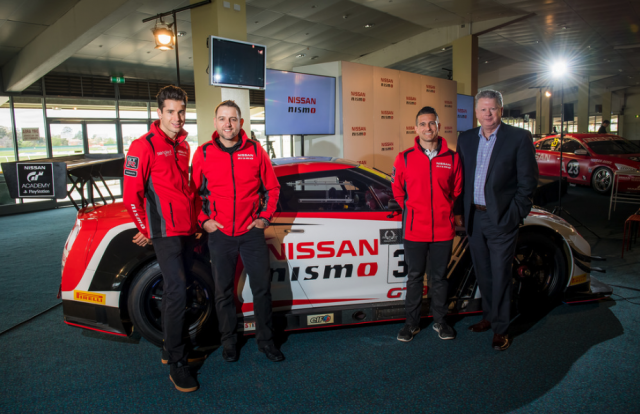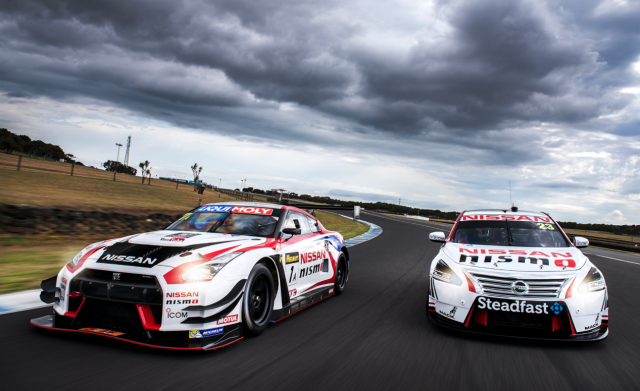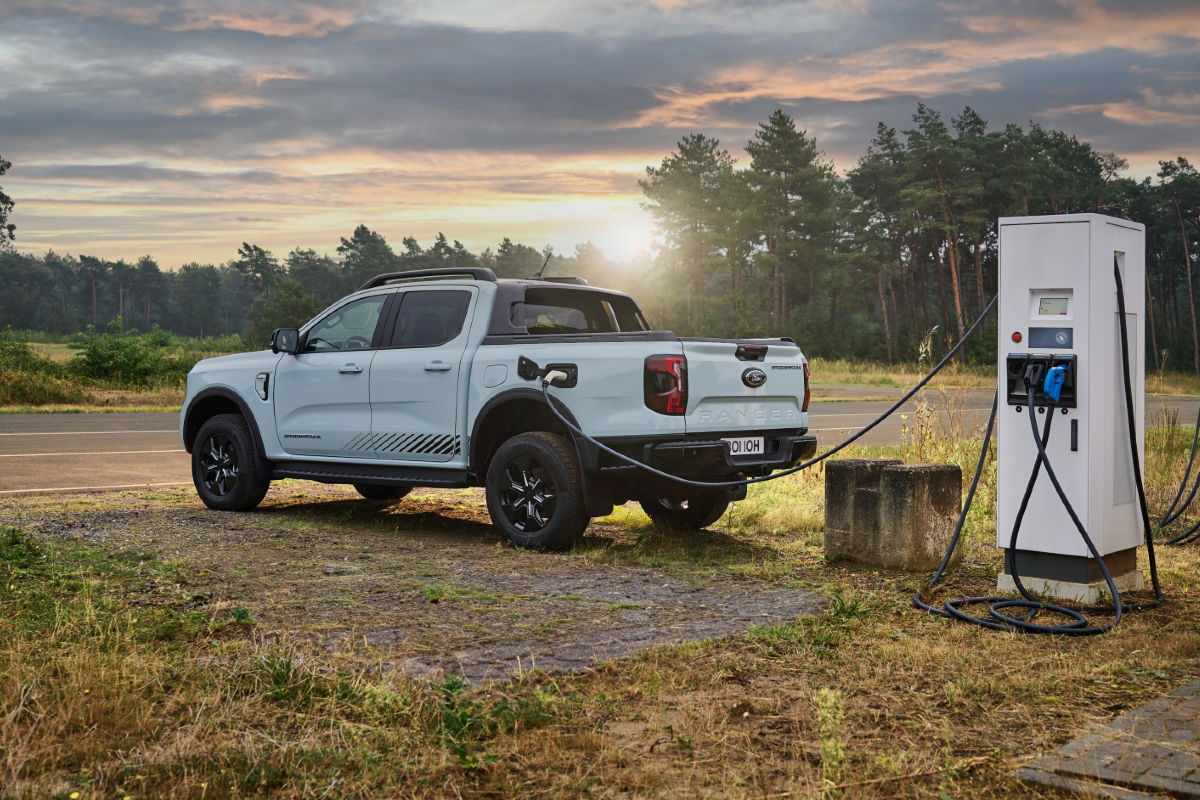

The prospect of introducing the GT-R into the Supercars Championship from 2019 will be at the forefront of upcoming strategy discussions between Nissan Australia and Nismo.
At the recent announcement of a two-year extension of the manufacturer’s Supercars commitment with Kelly Racing, Nissan Australia CEO Richard Emery confirmed an intention to retain its current Altima body and V8 engine.
The possibility of developing a new package for 2019 has, however, already been raised, with a cross-functional team including management from Nissan global and Nismo expected to meet as soon as December.
Although consideration was given to introducing a V6 turbo engine for 2017 during Nissan Australia’s extensive dialogue with Nismo over the extension of the program, Emery says a switch to the GT-R was never seriously contemplated.
Emery, however, expects that Nismo will push the case for the GT-R during its next round of discussions as part of ongoing efforts to further integrate the Supercars program into the marque’s global racing platform.
“I’ve said in the past that I didn’t think going GT-R was the right thing for the brand or the sport, but I think global (Nismo) might have a different view of that,” Emery told Speedcafe.com.
‘They want to explore whether they can get GT-R into the package that exists, because that is their general motorsport direction.
“That’s the conversation we’re going to have either before Christmas or when we have the key people in Australia for the Bathurst 12 Hour in February.
“We think we’ve got an engine that probably works that we’ll need to spend some time and money developing, but Nismo are prepared to do that. That’s what they’re good at, engines.
“Then I think we’ll be sitting down and saying ‘what needs to be done with the current platform to make it work for an alternative to the Altima’.”
Nissan’s V6 twin-turbo appears a logical fit for the Gen2 rules and is currently being used by Nismo for its GT3 GT-R and new IMSA prototype programs, as well as the RS01 one-make series of sister brand Renault.
Nismo’s evaluation of the engine for Supercars has already included having key members of the category’s technical staff and Kelly Racing visit Nismo in Japan at the end of last year.
Emery says that the decision to stay with the V8 was based around the “timeline of investment return”, which is extended to six seasons under the current plan.
Supercars’ insistence on 5.0 litre V8 engines for its Car of the Future rules saw Kelly Racing largely left to develop its own motor for the series, based off the block seen in the Patrol SUV.
Getting that engine up to speed proved a costly process and included a fresh cylinder head being introduced at Sandown just over 12 months ago.
“We (Nissan Motorsport) were a pioneer in the sense that we didn’t have as much support from Nismo on the engine front early on because they were busy with LMP1 and other things in those first years,” said Emery.
“For Nismo, turning one one of their off-the-shelf engines around is a very different motivation than stating from scratch.”
How the GT-R would fit into the series, both from a physical and brand position perspective, meanwhile remains to be seen.
Supercars has ruled that the current control chassis will remain in place until at least 2021, leaving doubts as to weather low-slung coupe bodies like the GT-R can be introduced without extensive modifications.
The marketing implications of racing the GT-R against mid-sized sedans, such as the new Commodore to be introduced by Holden in 2018, will also be part of the upcoming discussions.
“That’s the sort of area that Michael Carcamo (Nissan Global Motorsports Director) is going to be interested in, to understand whether it’s the right fit from a brand perspective,” said Emery.
“That’s been my concern. We’ve got the GT-R on a global scale racing against Porsches, Lamborghinis and Ferrari GTs.
“Supercars are currently different, but who knows what it will look like in a few years time.”
Nissan Motorsport will trade on the GT-R’s heritage at Mount Panorama this weekend, running one of its legendary Bathurst winning liveries on a Supercar for the first time.





















Discussion about this post